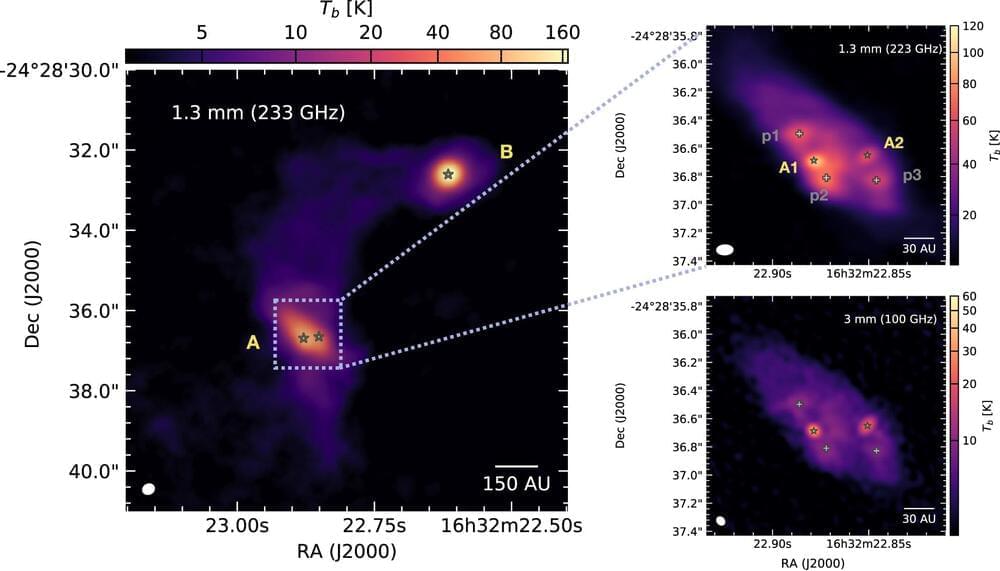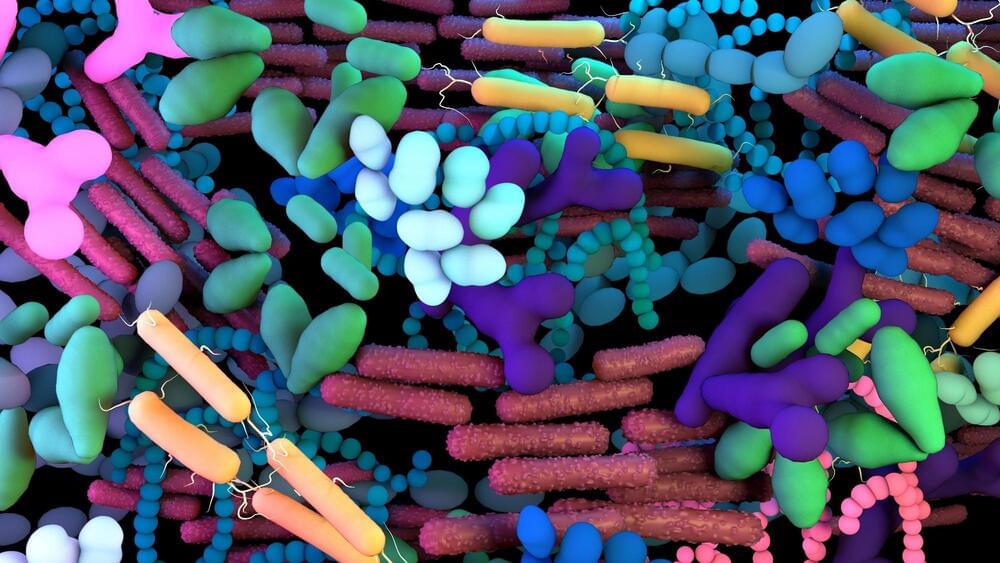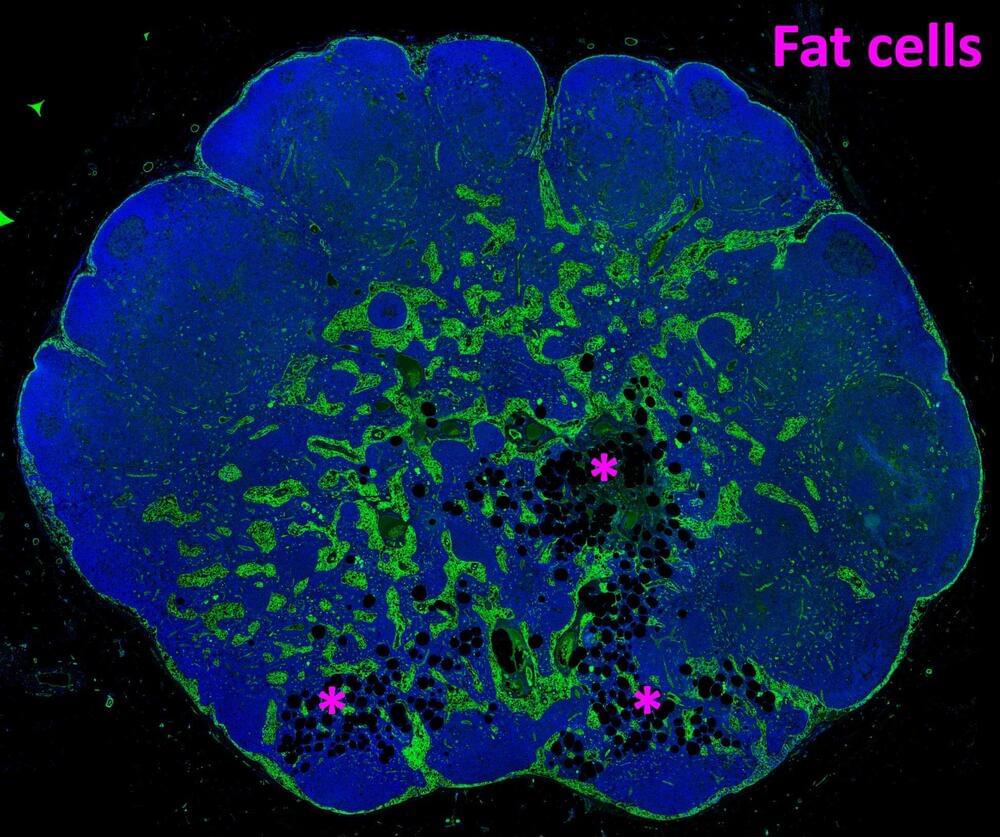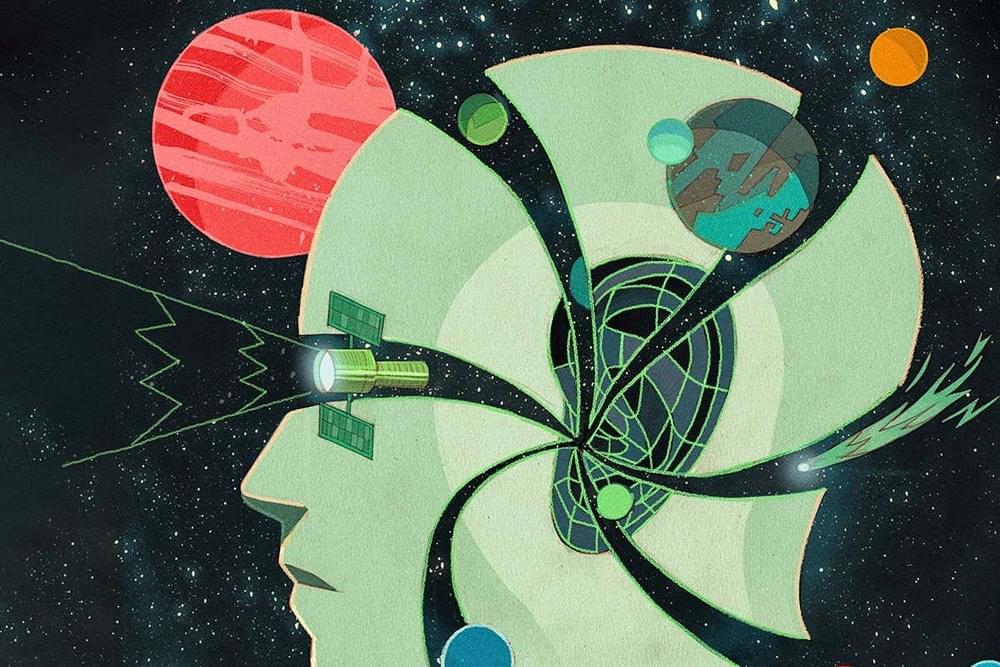A team of researchers at Max Planck Institute for Extraterrestrial Physics, working with a colleague at the University of Texas at Austin and another from Green Bank Observatory in West Virginia, has found evidence of ripe conditions for planet formation in the vicinity of two closely orbiting protostars.
In their paper published in The Astrophysical Journal Letters, the group describes their observations and outline what might be learned from future study of the star system.
The work by the team on this new effort came on the heels of work done by another team that discovered a pair of protostars still in the very early stages of their development—in their first 500,000 years of existence. In this new effort, the researchers have taken a closer look at the two protostars and also the environment in which they exist.









